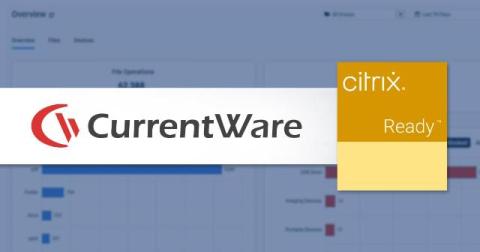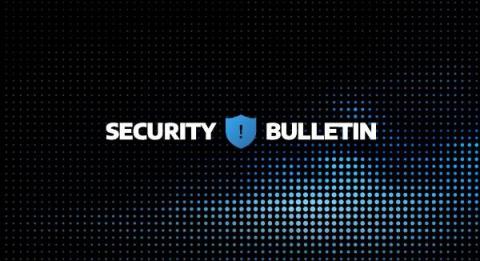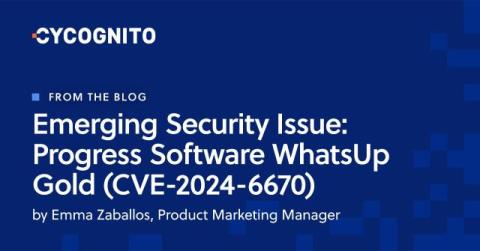What is NIST 800-53?
Imagine compliance is like a driving application. You know your location and you plug in the destination address, then it shows you the route’s overview. If you want a more specific map, you can zoom in a bit and get more details. Similarly, the National Institute of Standards and Technology (NIST) Cybersecurity Framework (CSF) and it’s most recent revision provide the overview roadmap for your compliance journey.











